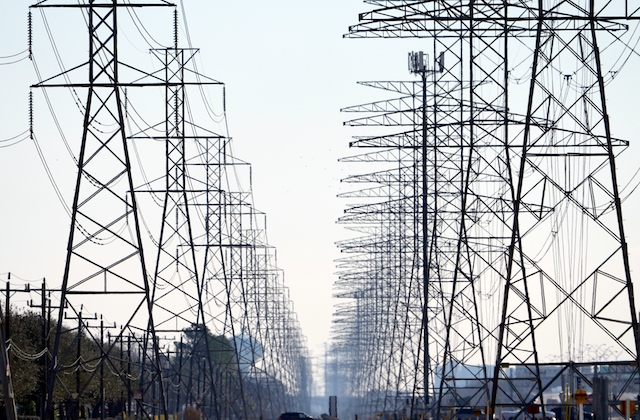Morgan Stanley | Spain has stood out in the eurozone for its solid economic performance, with GDP growth exceeding that of its peers and a particularly strong post-pandemic recovery. This dynamism has sparked greater investor interest, which is reflected in the Ibex being close to historic highs and very tight spreads against Germany. Although a gradual slowdown is expected (2.9% annually in 2025 and 2.4% annually in 2026), potential growth has increased from 1.5% prior to the pandemic to around 2% currently. The two main drivers of this growth have been immigration, which accounted for nearly a third of GDP in 2024, and investment driven by European RRF funds. Spain has already received €55 billion in grants focused on green technology and can still apply for an additional €25 billion until August 2026. Although public investment is expected to moderate after that year, the private sector shows clear signs of continuity with relevant industrial projects and structural advantages such as low labour costs and cheaper electricity than in other European countries. If Spain has not yet become an industrial hub, it is due to the limitations of its electricity grid which hinder new connections and slow down growth. Between 2020 and 2024, connection requests for 100 GWh were rejected due to lack of capacity, and low regulated returns discourage investment in network expansion. Overcoming these obstacles would be key to attracting more investment and boosting sectors such as construction, but this issue is not high on the current political agenda.
Limitations in electricity grid hinder new connections and Spain’s potential to become industrial hub





